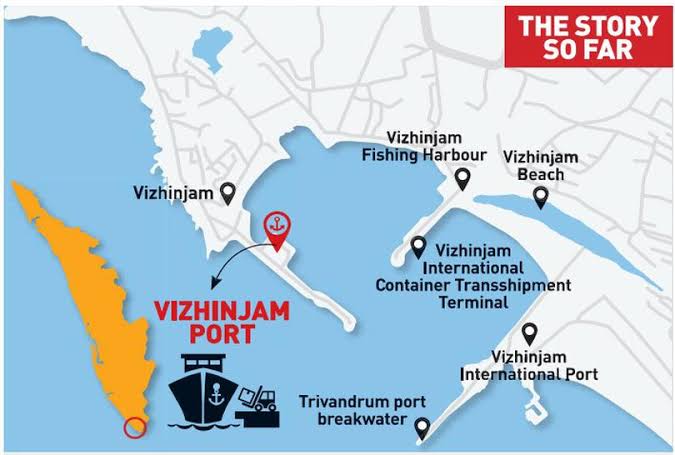High port tariffs that have long proved to be a deterrent for container lines to open more direct calls on the Indian coast are becoming more competitive or cheaper.
Buoyed by the initial carrier interest in making trial calls, Adani Ports and Special Economic Zone (APSEZ) has announced significantly attractive service rates at its new Vizhinjam Port.
Vizhinjam, a green-field site located about 10 miles southwest of Trivandrum in southern India, began commercial vessel calls on a trial basis with Maersk’s San Fernando docking there on 11 July.
Vessel-related charges (VRC) for Vizhinjam calls have now been set substantially lower than the rating scale at Sri Lanka’s Colombo Port.
According to the tariff update, a 30,000-GRI (gross registered tonnage or deadweight tonnage) ship requiring a 24-hour berth stay would incur approximately US$10,000 towards VRC at Vizhinjam, compared with about US$21,000 at Colombo.
Vizhinjam’s updated container-related charges are also as competitive as those at Colombo.
Apart from the pricing allure, Vizhinjam offers deep draught able to handle ultra-large container vessels and locational advantages due to its proximity to the busy east-west international shipping route. The terminal has also been equipped with more advanced harbour cranes and sophisticated automated systems.
“No other port in India – including our own highly advanced Mundra Port – has these technologies,” APSEZ managing director Karan Adani said in a statement. “What we have already installed here is South Asia’s most advanced container handling technology.
He went on to add: “Once we complete the automation and the vessel traffic management system, Vizhinjam will be in a class of its own as one of the most technologically sophisticated transshipment ports in the world.”
APSEZ seems to believe that it is the best opportune time for its new transhipment terminal to strike deals with major mainliners, as Colombo remains buffeted by persistent berthing delays and yard congestion issues.
“Vizhinjam will not only facilitate the movement of transshipment traffic into India but the strategically located port will also play a pivotal role in handling traffic along major routes connecting India, such as traffic between the US, Europe, Africa and the Indian subcontinent as well as the US, Europe, Africa and the Far East, and thus, will play a critical role in the international trade routes,” APSEZ added.
On a broader note, there are ample signs that greater hub competition is building in the Indian subcontinent region, which has traditionally relied on transhipment at a large scale.

